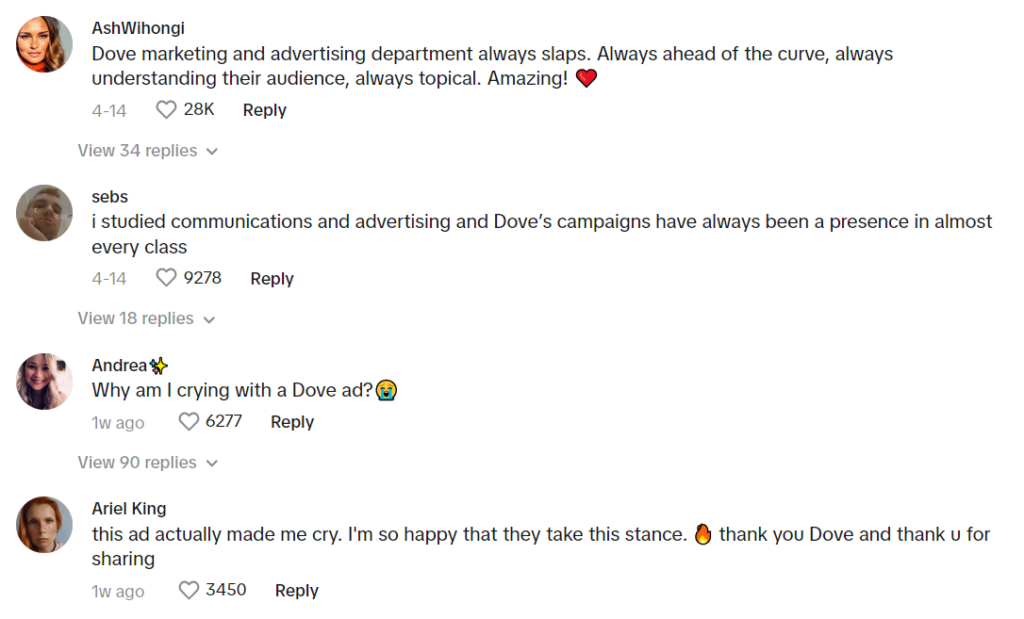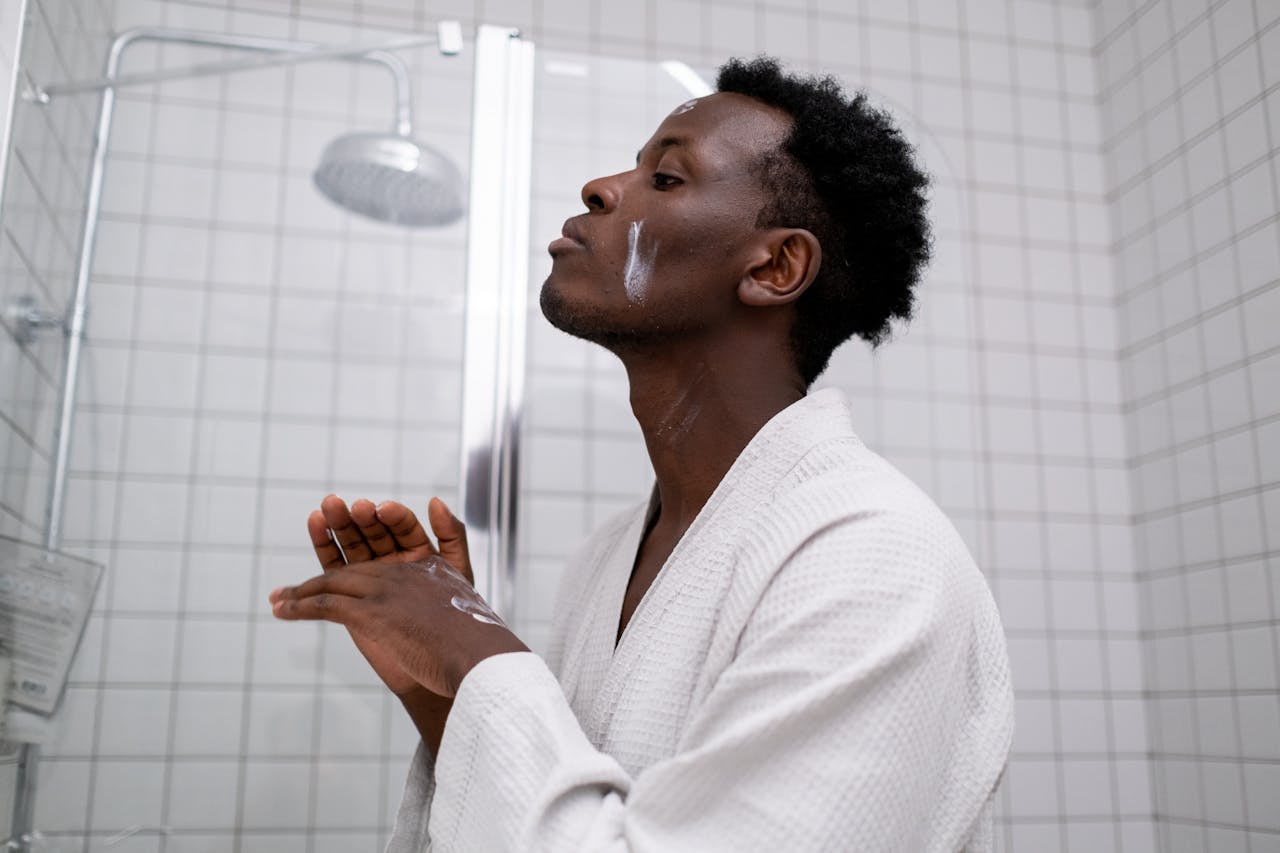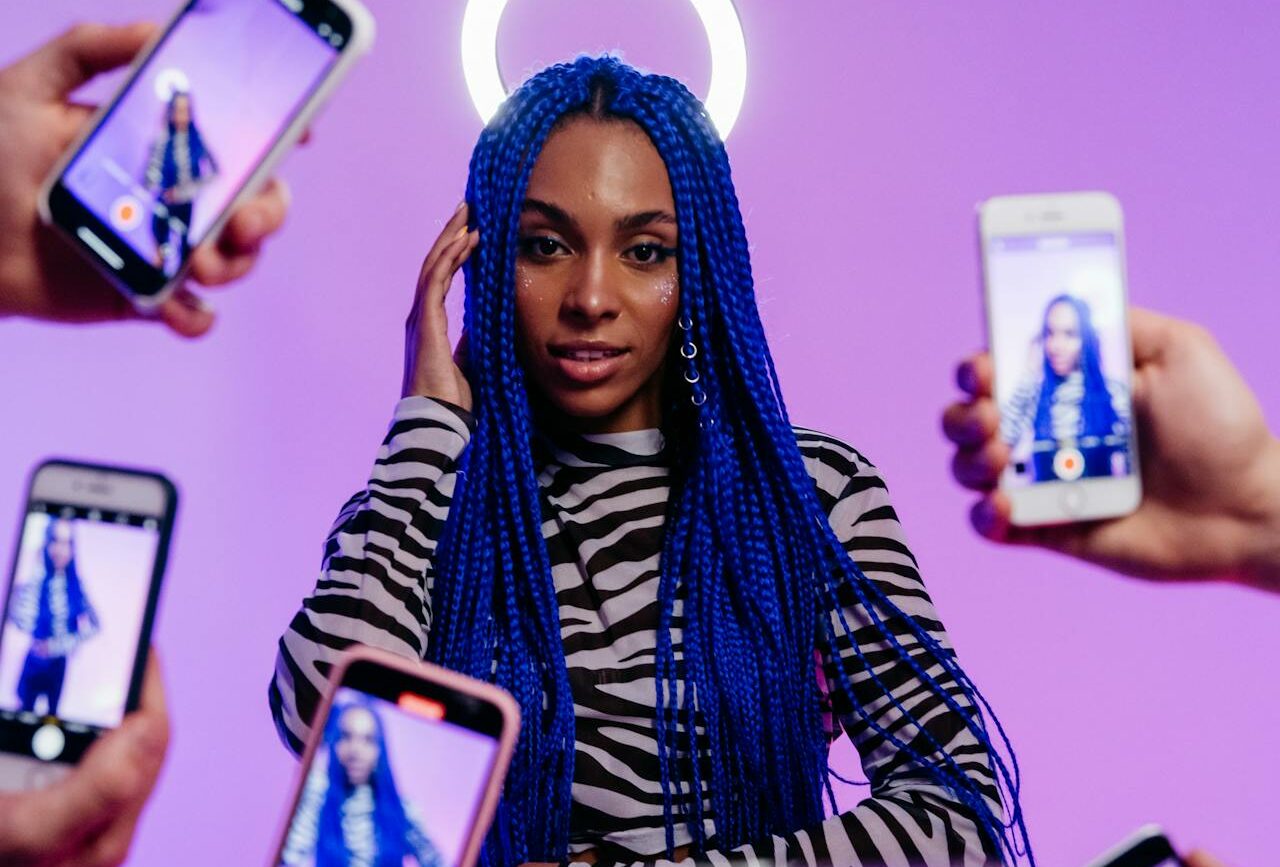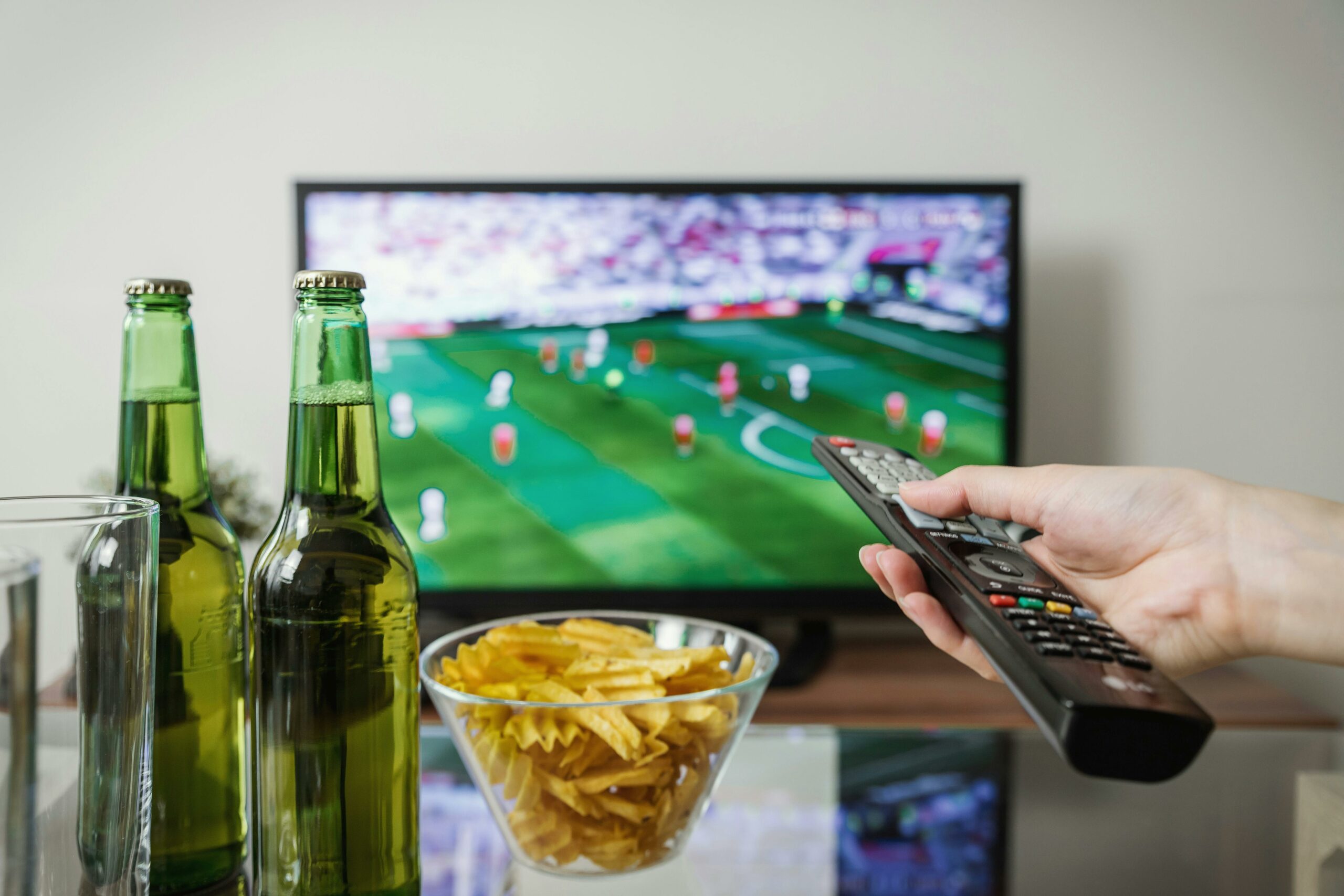Explore how men's grooming turned into marketing's newest battlefield, leveraging shame and redefining masculinity. Are today's men primping for pleasure or fear?
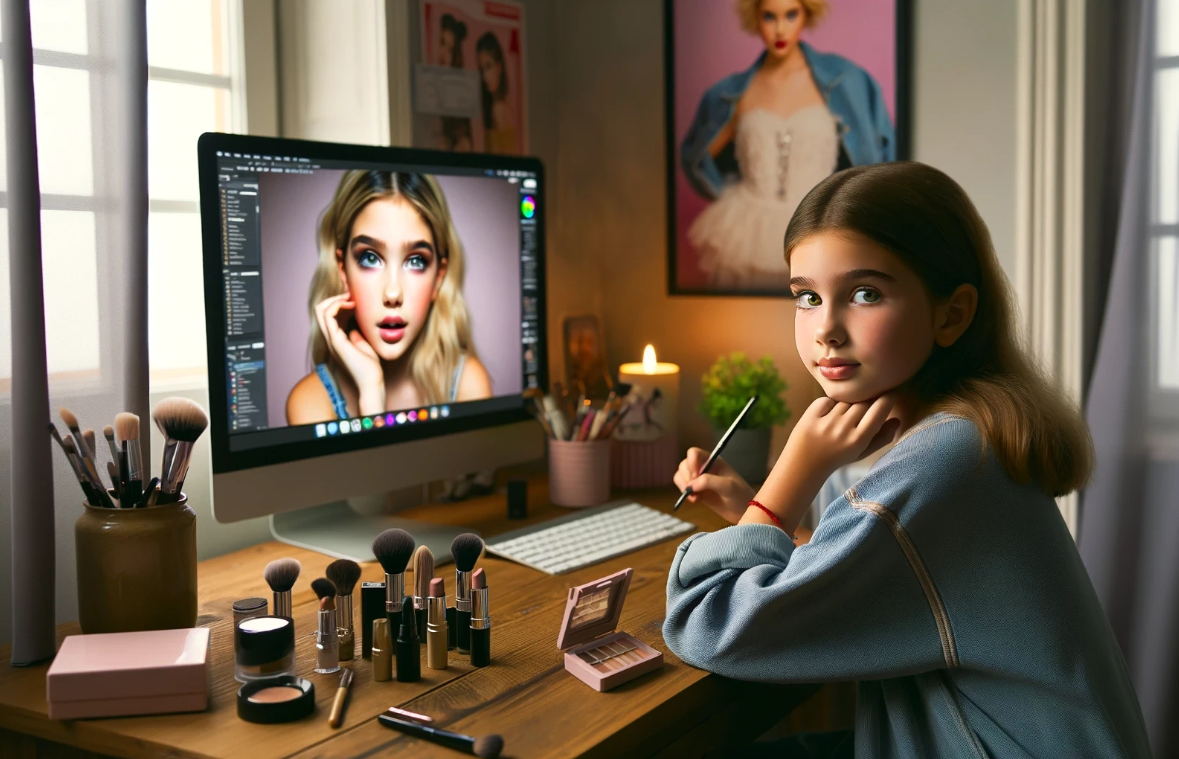
Generation Alpha’s Skincare Obsession: Behind the Sephora Kids trend
While reading this recent CNN article on the “Sephora Kids” phenomenon, where tweens are diving headfirst into skincare, we were intrigued not only by the societal waves it’s making but also by the slick marketing acumen at play. Let’s jump down this rabbit hole and explore what’s behind this growing trend in our youngest consumers.
Tweens and Beauty: A vulnerable market
Tweens, navigating the delicate transition from childhood to adolescence, find themselves in a world where their social circles and self-perceptions are rapidly evolving. Peer approval is everthing, and self-esteem is malleable, shaped not just by friends and family but increasingly by the broader, digital world. And this broader, digital world knows, if they hook them young, they can hook them for life.
Brand awareness of tween dynamics
The powers that be (PtB) understand tweens are seeking to carve out their identities and are desperate to fit in, to feel accepted, and to stand out all at once. The promise of achieving true happiness through consumer products is a powerful lure. Skincare, in particular, is positioned not just as a necessity for clear skin but as part of the ideal lifestyle.
Sophisticated campaign techniques
These campaigns aren’t just throwing darts in the dark—they’re meticulously engineered, using data to zero in on the vulnerabilities and whims of their targets. Brands are clued into the latest slang and trends. They know where tweens spend the majority of their digital lives—TikTok, Instagram, Snapchat. They deploy influencers who these tweens grow to admire and relate to, often blurring the lines between genuine recommendation and paid endorsement.
They are masters at pulling tweens in with interactive gimmicks like challenges and giveaways that make engagement as irresistible as the latest viral dance. That influencer challenging her audience to flaunt their morning glam routines isn’t just showcasing products. She is scripting a mini-drama where the product is the star, and the tween gets to step into a role that screams trendiness and belonging.
The cycle of endorsement
But here’s the kicker: the real magic happens in the aftermath. These campaigns don’t just rack up likes and shares—they transform tweens into brand loyalists quicker than you can say “glow up.” By weaving their products into the narrative of pop culture and peer acceptance, brands aren’t just selling a face cream; they’re selling a ticket to the cool kids’ table.
This strategy is reinforced by a barrage of user-generated content, as tweens emulate their favorite influencers with their own endorsements. The peer reviews, and comment sections that echo with praises and testimonials, create a cycle of endorsement that feels organic and trustworthy. The line between peer influence and commercial advertisement is increasingly blurred, making the marketing messages all the more potent.
Long-Term impact on consumer behavior
As we all know, the proof is in the pudding—or rather, the metrics. From spikes in engagement and surges in sales post-campaign, to the glowing surveys that paint these brands as tween BFFs, the numbers don’t lie. These cunningly crafted campaigns turn insecurities into open wallets, proving that when it comes to marketing, it’s not just what you sell; it’s how you make them feel part of something bigger and better.
By zeroing in on tweens during this critical catwalk of identity shaping and peer approval, marketers are tailoring future shopping habits. The relentless message that cool points and self-worth are measured in shopping sprees plants seeds of consumerist beliefs deep in young psyches—beliefs that might just bloom into lifelong spending habits. This approach hinges on the savvy theory that early and constant engagement in the consumer waltz will keep these tweens dancing to the tune of regular retail therapy as they waltz into adulthood.
A beauty standard backslide?
Not so long ago, airbrushing and Photoshop had beauty standards in a chokehold, creating a realm of flawlessness that no mortal teen could hope to reach. This pursuit of pixel-perfect beauty left a trail of eating disorders and body dysmorphia in its wake, prompting a collective outcry for more natural, unedited portrayals.
Enter the era of untouched, “real” beauty, championed by brands like Dove, pushing for images that matched what you see in the mirror rather than in a fantasy.
The Selfie Effect: Everyone’s a photo editor
With the explosion of selfie culture and the easy availability of photo-editing apps like Facetune, the pendulum didn’t just swing back—it smashed right through to a world where buffed and polished images rule supreme. Now, anyone with a smartphone can zap their selfies to perfection, turning a tool once reserved for the celeb elite into an everyday magic wand for Instagram glam.
As ‘likes’ and heart emojis flood in for each digital nip and tuck, the incentive to keep tweaking skyrockets. It’s like a virtual applause meter; the more you edit, the louder the cheers, pushing the boundaries of ‘normal’ one filter at a time. This endless chase for social thumbs-ups isn’t just about racking up followers—it’s reshaping our very standards of beauty.
This new norm packs a punch on self-esteem and body image, particularly for tweens and teens who are just figuring out who they are in a world where the line between real and retouched is blurrier than a bad Instagram filter. The result? A beauty paradox for the digital age, where the push for unfiltered authenticity clashes head-on with the polished portrayals that flood our feeds, leaving young minds wrestling with expectations that are as shifting as the next app update.
Enter AI: The new artist on the block
Just as the backlash against overly edited selfies has begun, artificial intelligence sauntered in, with the ability to whip up impeccable and idealized images faster than a makeup artist with an airbrush. The ease and sophistication with which AI can now paint the digital canvas are nudging us even more toward those glossy, unattainable standards that many thought were left in the early 2000s.
Predicting the Pushback: Authenticity in the age of AI
Despite AI’s swagger, there’s a growing chorus advocating for keeping it real. Progressive brands are sticking to their guns—or rather, their real-life models—like Dove, which vows never to let AI imagery sashay into their campaigns.
@mr.paidsocial Dove is the first brand to take such an aggressive stance against Ai generated content, pledging to keep beauty real. This is such an important discussion to have around the ethics around Ai generated models. If we thought photoshop was bad, we’re in for a whole new wave of body dismorphia unless other brands follow this example. @Dove Beauty & Personal Care is the gold standard 🥇👏 #dove #ai #aicontent #aivideo #sora #openai #aiethics #bodydismorphia #greenscreen #greenscreenvideo ♬ original sound – Caleb | Ads | Ai | Automation
This commitment to authenticity is not just a moral stance but a savvy marketing move, tapping into the collective yearn for genuine beauty—something that always resonates loudly with consumers
.
Striking a balance between ideal and keeping it real
Looking ahead, the crystal ball suggests a trend toward a middle path that marries tech’s wow-factor with ethical marketing.
The challenge? Using AI’s bells and whistles to spark creativity and engagement without diving back into the harmful beauty myth pool. The ongoing quest for authenticity suggests that brands that keep it real will likely resonate more with today’s savvy consumers, particularly the impressionable tweens.
After all, the most compelling narrative might just be the most genuine one.
They’ve got their hooks in you.
FADS rise quickly, burn hot and fall out. They say you’re fat, you’re no fun, you need to relax, and you might even die alone.
In fact, FADS bank on the fact that you already believe all of that.
Ready to learn how it works?
